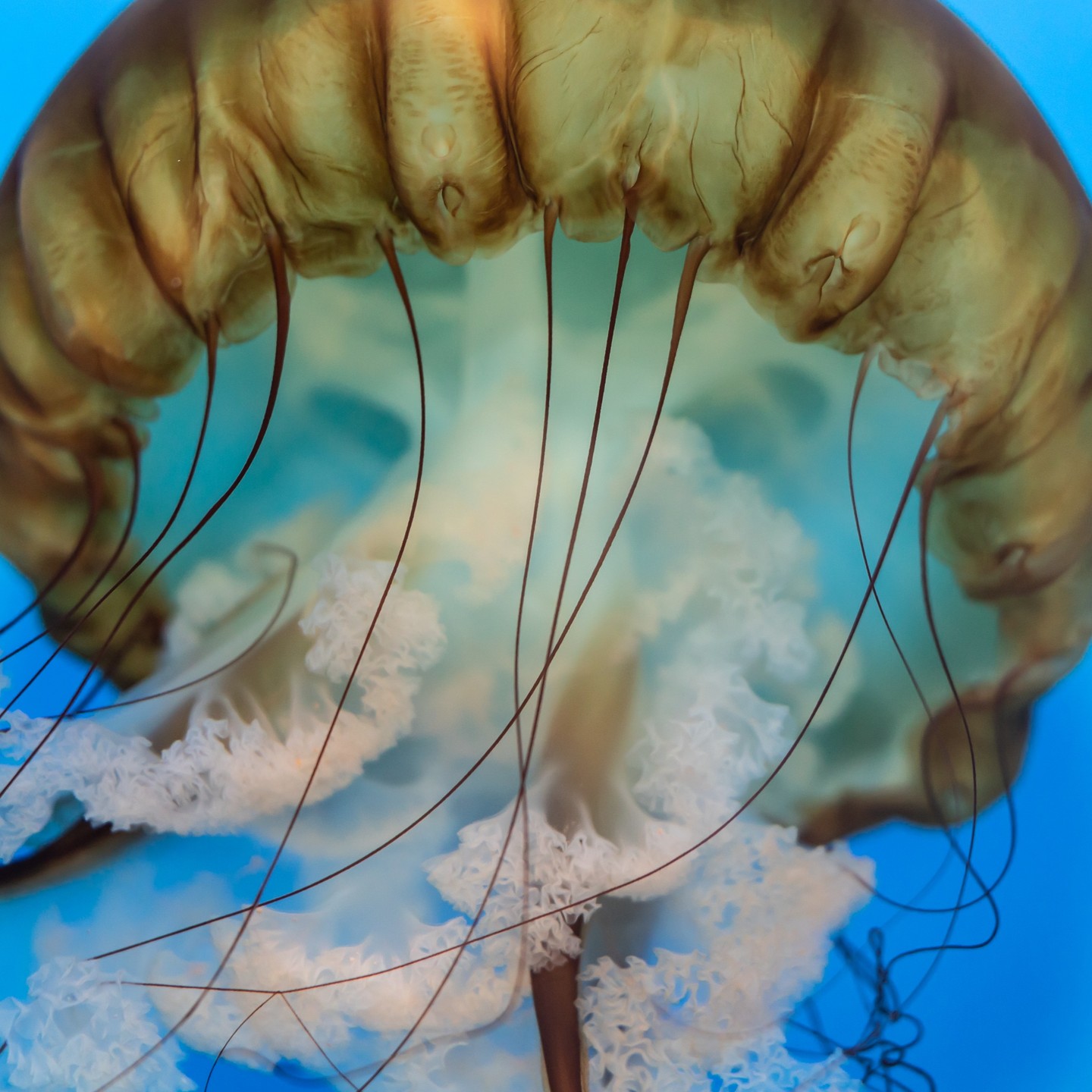- Anatomy and Physiology of Jellies, Corals, and Anemones: Understanding Their Structure
- The Process of Feeding and Excretion in Cnidarians: How They Ingest and Expel Waste
- The Ecological Role of Jellies, Corals, and Anemones: Their Importance in Marine Ecosystems
- Conservation Challenges Faced by Cnidarians: Threats and Preservation Efforts
- The Fascinating World of Marine Invertebrates: Encouraging Public Engagement and Understanding
Jellies, corals, and anemones are classified under the phylum Cnidaria, an ancient lineage of marine invertebrates that have inhabited Earth’s oceans for over 600 million years. These creatures share a distinctive body architecture that includes a single opening serving as both mouth and anus. This structural simplicity belies the complexity of their interactions with marine environments.
Anatomy and Physiology of Jellies, Corals, and Anemones
Cnidarians exhibit a simple but effective body structure. Typically, their bodies are radially symmetrical, which means their body parts are arranged around a central axis. The primary body forms are polyp and medusa, with the former being sessile (like corals and anemones) and the latter mostly free-swimming (like jellies).
The body consists mainly of two layers: the epidermis and the gastrodermis, with a jelly-like substance called mesoglea sandwiched between them. This construction grants them their gelatinous texture. Despite lacking a brain or centralized nervous system, they possess a nerve net, enabling responsive interaction with their surroundings.
Central to their design is the gastrovascular cavity. This cavity is accessed through a single opening, functioning as both mouth and anus. The simplicity of this design dictates that waste exits through the same route food enters.
The Process of Feeding and Excretion in Cnidarians
Despite their simplicity, jellies, corals, and anemones have developed efficient feeding and waste expulsion mechanisms. Armed with specialized cells known as cnidocytes, they harbor nematocysts—tiny, harpoon-like structures used to capture prey.
Once prey is ensnared, it is maneuvered into the gastrovascular cavity. Digestive enzymes break down the nutrients, then absorbed by the surrounding cells. Undigested components are expelled through the oral opening, emphasizing the cyclical nature of their design.
Interestingly, some cnidarians engulf prey whole, and the regurgitation of indigestible parts highlights their resourcefulness in waste management. This efficient internal process ensures that all essential nutrients are extracted before unwanted matter is expelled.
The Ecological Role of Jellies, Corals, and Anemones
These organisms play crucial roles in marine ecosystems. Corals, for instance, contribute significantly to reef structures that provide habitat and shelter for diverse marine species. These vibrant ecosystems support an astonishing array of biodiversity, serving as nurseries for fish and invertebrates.
Jellies influence ecosystems as both predators and prey. While they can control plankton populations, they also serve as nourishment for a range of species, including sea turtles and certain fish.
Anemones, often found in symbiotic relationships with clownfish, offer protection and habitat. This mutualism illustrates the fascinating interconnectedness of marine life.
Conservation Challenges Faced by Cnidarians
Despite their resilience through geological epochs, jellies, corals, and anemones are facing numerous contemporary threats. Ocean acidification, a byproduct of increased atmospheric carbon dioxide, negatively impacts coral growth. Coral bleaching, driven by rising sea temperatures, leads to the loss of symbiotic algae crucial for their survival.
Pollution and overfishing further exacerbate their plight, reducing population stability and diversity. These impacts disrupt the delicate balance maintained within marine ecosystems.
Efforts to protect these species are vital for the health of the oceans. Marine protected areas, sustainable fishing practices, and pollution reduction initiatives are crucial strategies aimed at safeguarding these vital organisms.
The Fascinating World of Marine Invertebrates
Understanding and appreciating the complexity of jellies, corals, and anemones can inspire greater public interest in marine conservation. Educational initiatives and interactive exhibits in zoos and aquariums help bridge knowledge gaps, promoting stewardship and appreciation for marine biodiversity.
Advanced research continues to unveil the intricacies of these organisms, enhancing our understanding of their roles and challenges. Such knowledge is instrumental in driving conservation strategies and illuminating the extraordinary tapestry of life beneath the waves.
As we deepen our exploration of marine ecosystems, the conservation of these ancient creatures becomes ever more pressing, ensuring the stability and richness of the oceans for generations to come.
*****
Source Description
Today’s Dropping Science fun fact: jellies, corals, and anemones all poop from their mouths. What goes in must come out! 💩
Photos: macro shots of a sea nettle jelly and a coral.


